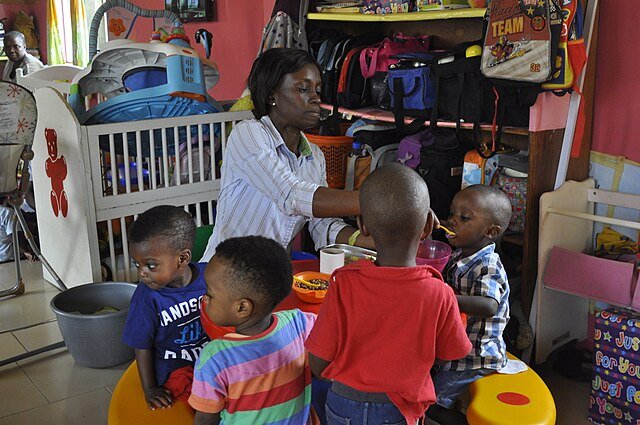Raising kids is never cheap, but in 2024, parents in states like Vermont, Massachusetts, and Hawaii are feeling an especially heavy pinch from sky-high child care costs. A new report from ChildCare Aware of America (CCAoA) shows the national average for child care hit $13,128 a year, taking up 10% of a married couple’s income and a jaw-dropping 35% for single parents. In some states, families are shelling out more for daycare than for their homes, forcing tough choices and sparking urgent calls for help.
The numbers are daunting. In Vermont, the priciest state, parents are paying an average of $35,016 a year for two kids in center-based care—more than double the state’s average rent of $13,788. Massachusetts isn’t far behind, with a single child’s care averaging $20,913 annually, while Hawaii clocks in at $15,318 for infant care. That’s a 13% jump from 2023’s national average of $11,582, way outpacing inflation. Most financial advisors say housing shouldn’t eat up more than 30% of your income, but in 45 states and Washington, D.C., child care for two kids costs more than a mortgage—sometimes by as much as 78%.
Read also : Top cities for raising kids in 2025
For parents, it’s a daily struggle. Sarah Thompson, a single mom in Burlington, Vermont, puts it bluntly: “Half my paycheck goes to daycare for my three-year-old. It’s more than my rent, and I’m scraping by.” In Hawaii, Keala Kahanu, a preschool teacher in Honolulu, feels the same strain. “We want the best for our son, but child care feels like a second mortgage,” she said. Their stories ring true across the country: in 49 states and D.C., caring for two kids costs more than rent, leaving families stretched thin.
Why are costs so high? The U.S. spends just 0.4% of its GDP on early education and child care, trailing far behind countries like Iceland, which invests 1.7%. With child care requiring lots of staff and strict regulations, expenses pile up. Infants cost more to care for than preschoolers, and city centers charge more than rural ones. The supply of care is also a problem: while licensed centers grew slightly by 1.6% from 2023 to 2024, family-run child care homes dropped in 29 states, leaving parents with fewer options.
Families and advocates are desperate for change. “These costs are pushing parents—mostly moms—out of work or into debt,” said Cindy Lehnhoff, who leads a national child care group. “It’s not just about families; it’s hurting our whole economy.” President Donald Trump’s recent “big beautiful bill,” which bumps the child tax credit by $500 to $2,500 for 2025-2028, has left many unimpressed. Parents like Sarah call it “a drop in the bucket,” and experts have criticized its lack of clear focus on child care relief.
Read also : Hawaii Boosts Hotel and Cruise Taxes
The fallout hits hard, especially for women, who often take on caregiving roles. A recent study found U.S. couples with two kids spend over 30% of their income on child care, second only to New Zealand globally. This is slowing women’s return to work, with some leaving jobs altogether because daycare eats up their paychecks. Low-income families face the worst of it: only 13.8% of eligible kids under 6 got subsidies in 2021. In Vermont, even child care workers like Keala can’t afford care, sometimes spending their entire salaries on it.
What’s next? The 119th Congress is under pressure to step up. Recent efforts under the Biden-Harris administration tried to ease costs through federal funding, but there’s still a massive shortfall. Programs like Connecticut’s Head Start on Housing, which helped 144 families find homes in 2024, show what’s possible with creative solutions. Meanwhile, high costs are even making some couples think twice about having kids, with the U.S. fertility rate at an all-time low. For now, parents in Vermont, Massachusetts, and Hawaii are budgeting carefully, holding out hope for policies that make raising their kids a little less like a financial tightrope.
Read also : United Airlines’ New June 3 Rule





